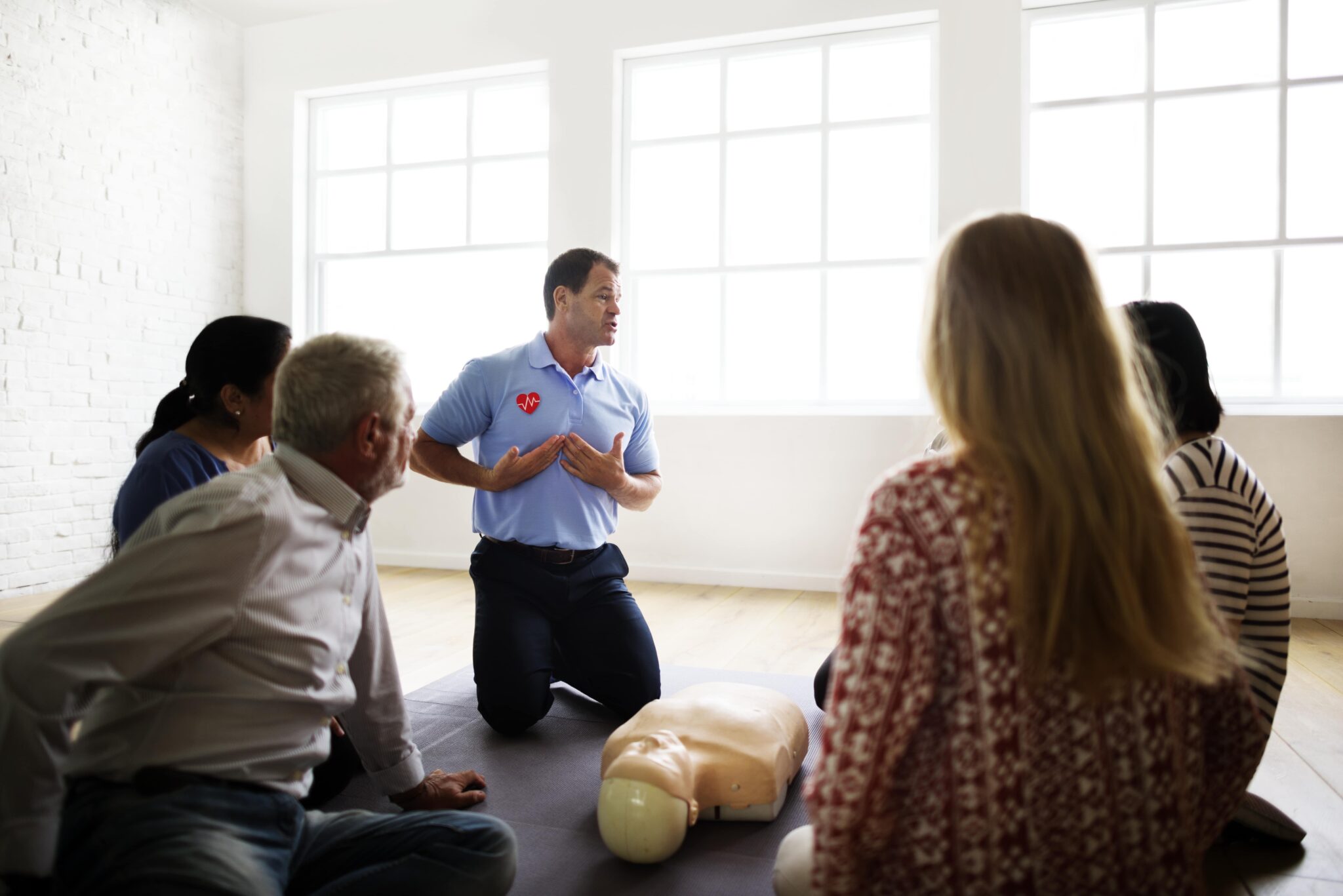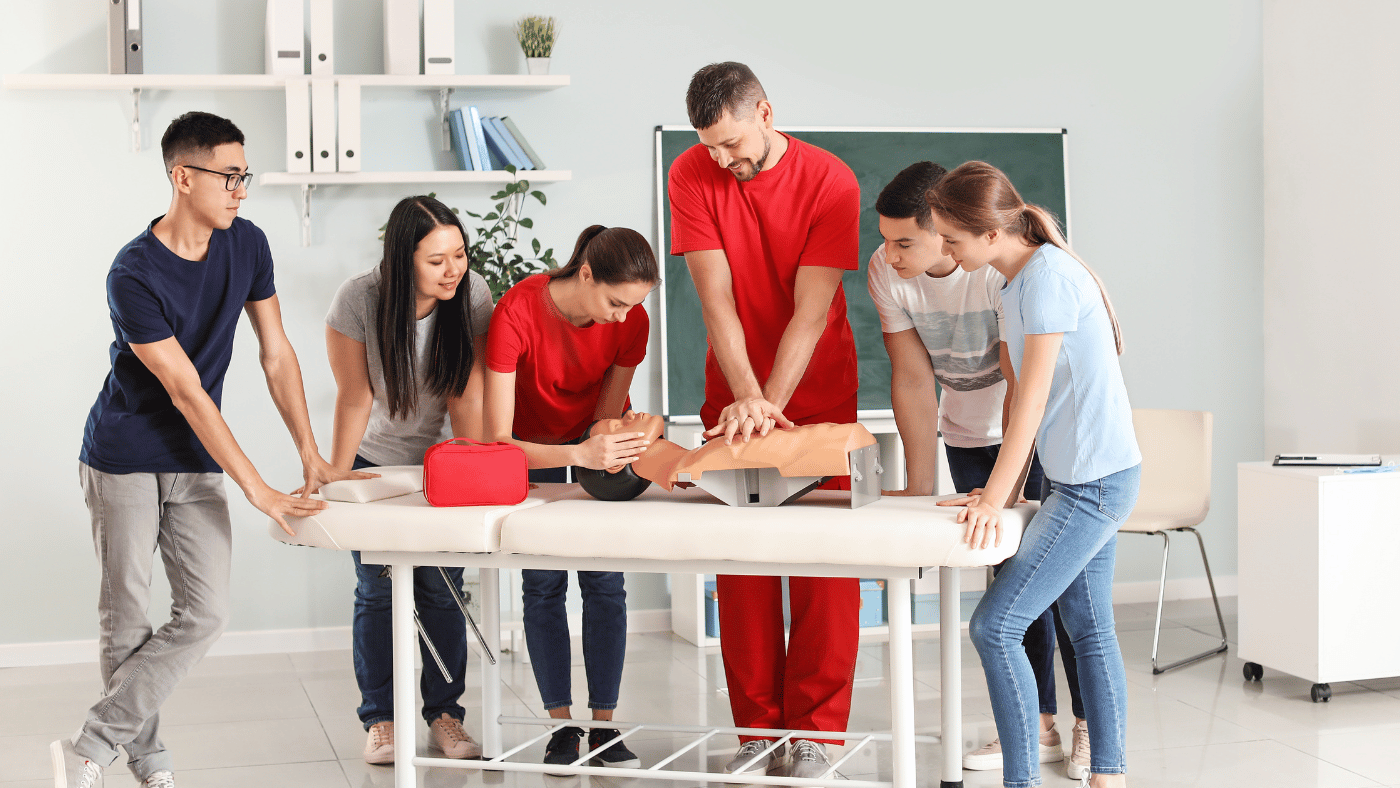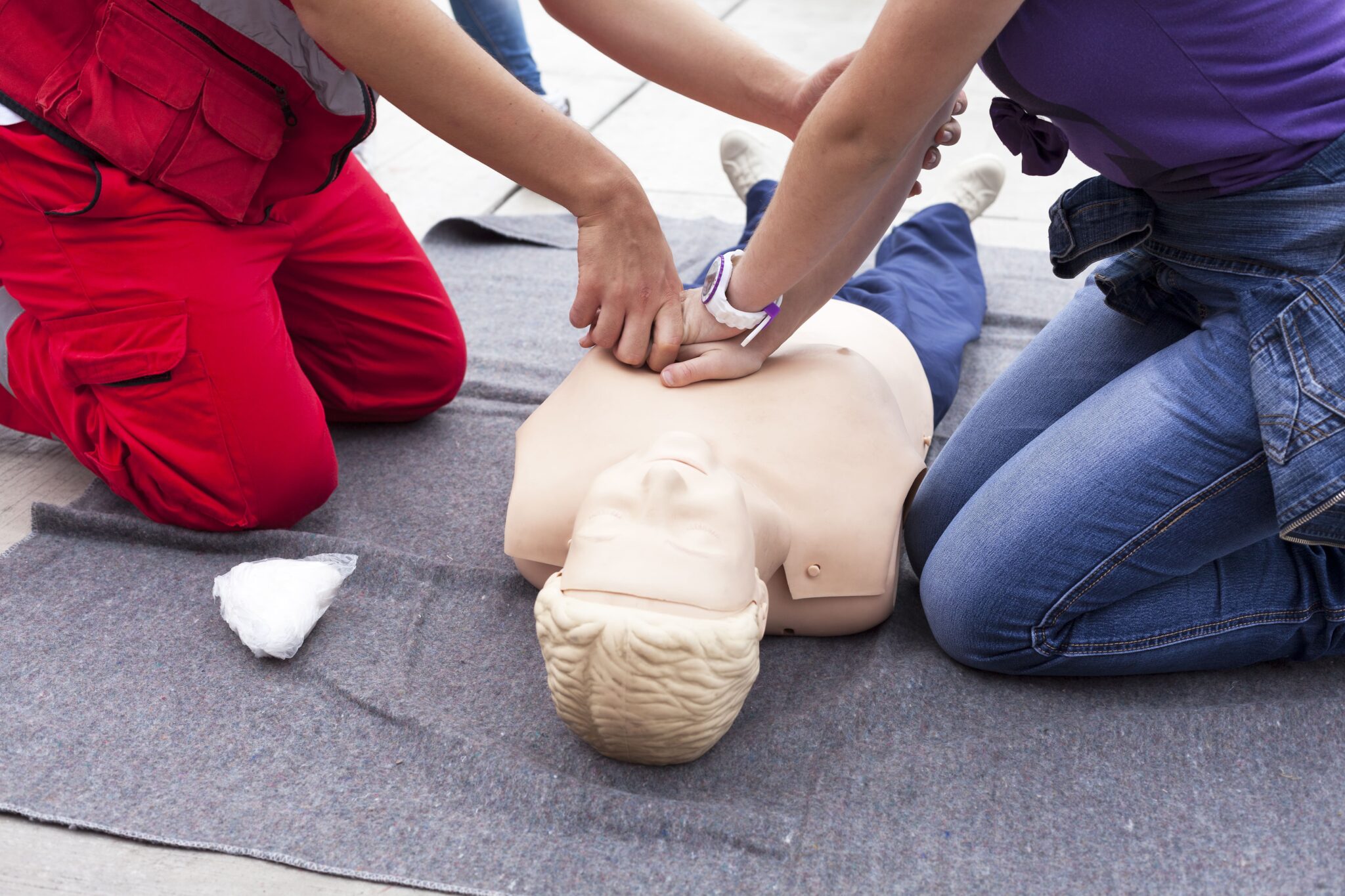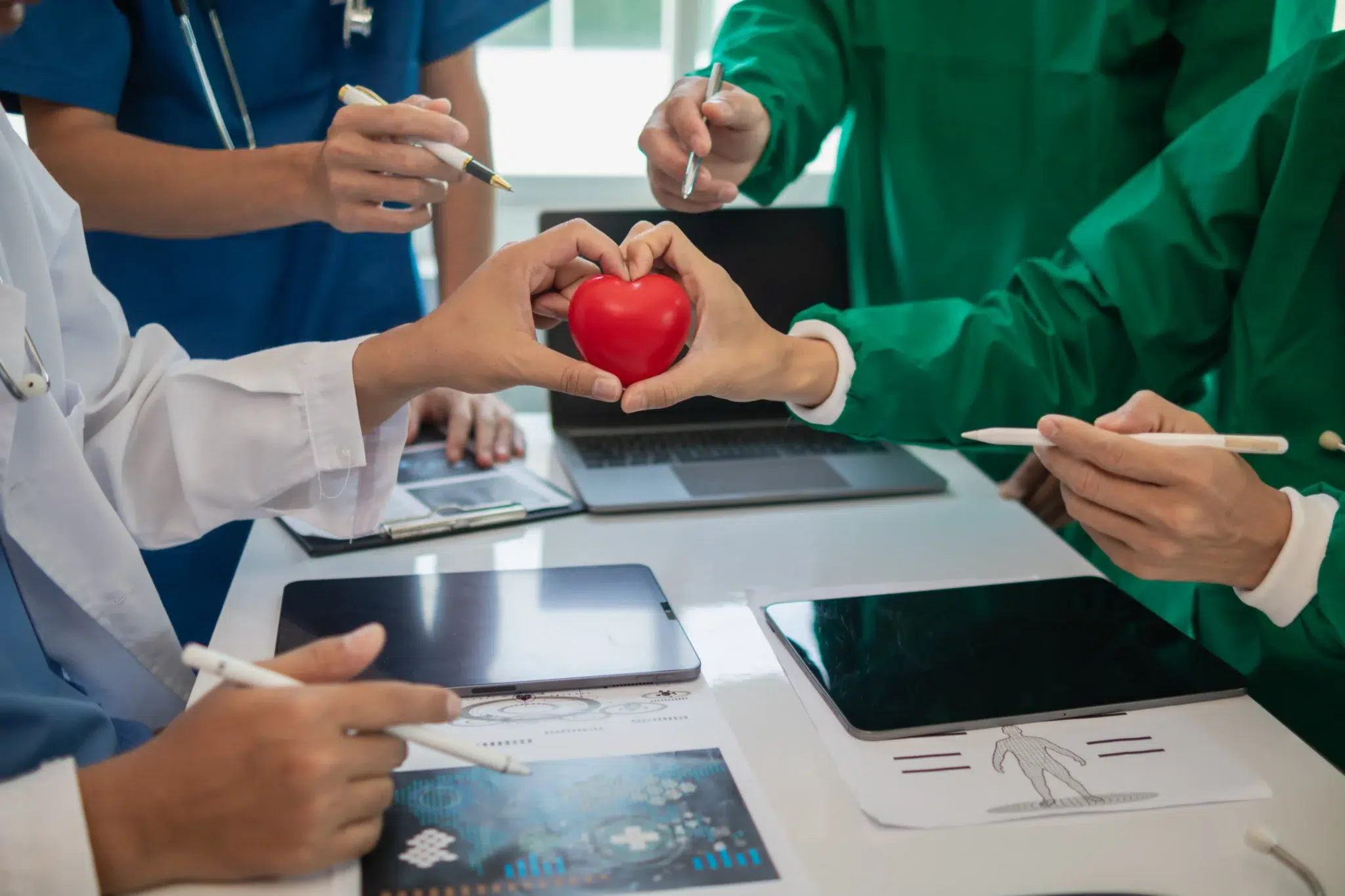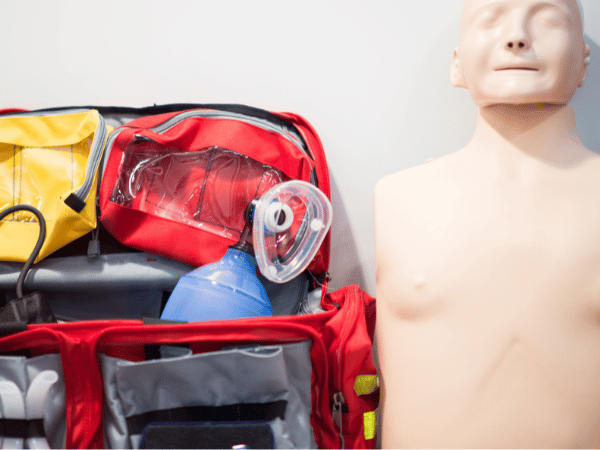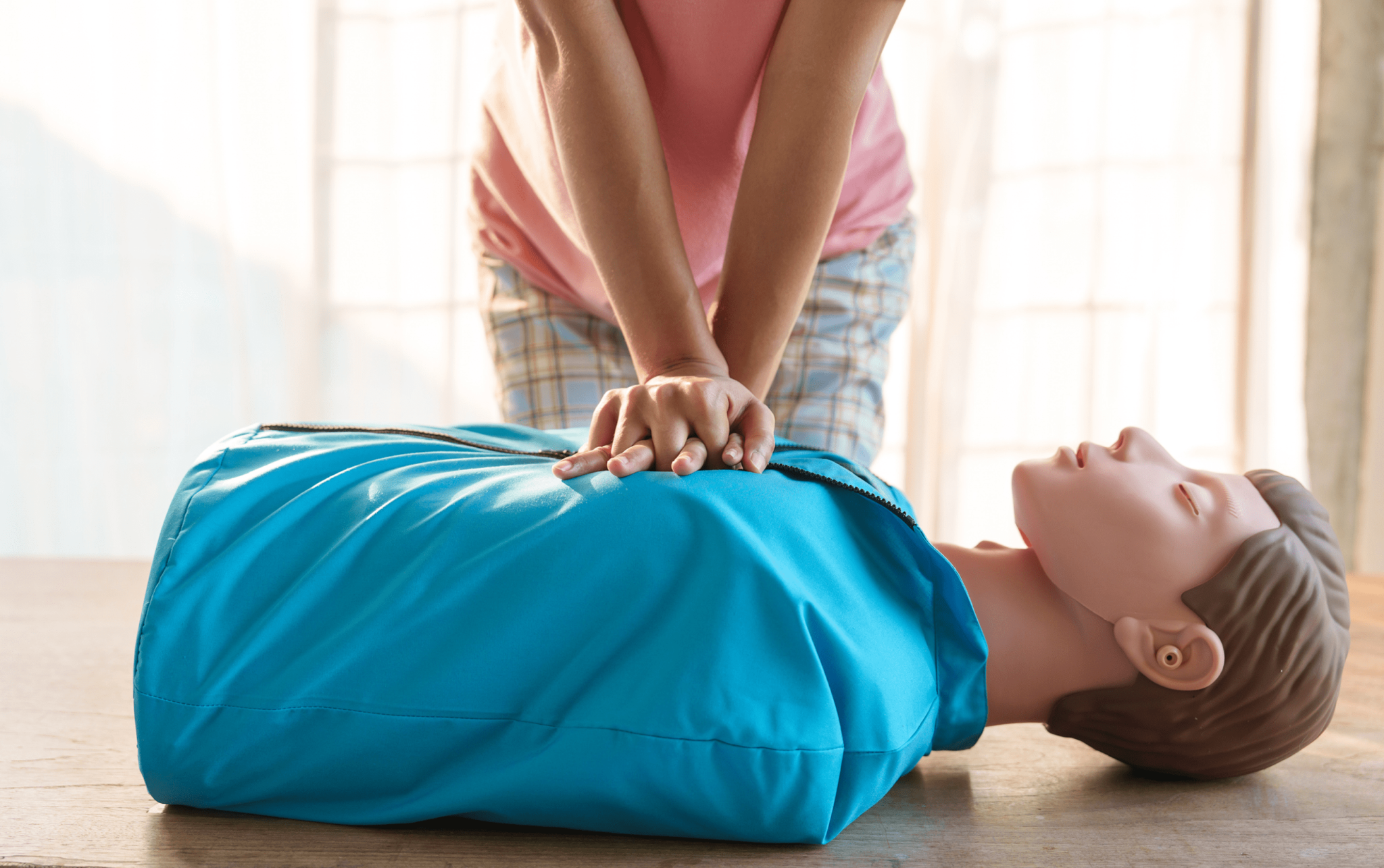When emergencies happen, every second counts. Immediate CPR can double or even triple the chances of someone surviving cardiac arrest. Despite this, the American Heart Association (AHA) reports that 70% of people feel unprepared in such situations. Why? Because they either don’t know CPR or their training is outdated.
This is why the AHA’s Basic Life Support (BLS) course is so important. It’s not just for healthcare workers; it’s designed for anyone who wants to gain life-saving skills. Whether you’re a parent, teacher, or community member, this course teaches you how to make a difference in critical moments.
If you’ve thought about learning CPR, wondered how you’d respond to an emergency, or want to make a positive impact, this guide will show you why taking an AHA BLS course could be life-changing.
Here’s What We’ll Cover:
- What the AHA BLS course includes
- Why fast response saves lives
- How BLS training builds confidence
- The career and community benefits of certification
- How BLS enhances personal growth and preparedness
What Is an AHA BLS Course?
An AHA Basic Life Support course gives you the skills to act in life-threatening emergencies. The training focuses on key techniques that save lives, including:
- CPR (Cardiopulmonary Resuscitation): Learn to deliver chest compressions and rescue breaths effectively.
- AED (Automated External Defibrillator) Use: Get hands-on practice with this life-saving tool.
- Recognizing Emergencies: Identify when someone is in cardiac arrest, has trouble breathing, or is choking.
The course blends hands-on practice with realistic scenarios to prepare you for real-world situations. No prior medical knowledge is needed, making it ideal for everyone—from parents and teachers to office workers. Plus, you’ll leave with a certification valid for two years.
Why Acting Early Saves Lives
When cardiac arrest happens, every second matters. Studies show survival rates drop by 7–10% for every minute without CPR or defibrillation. However, if CPR and an AED are used in the first few minutes, survival rates can climb to as high as 45%.
The AHA BLS course teaches you not just what to do but also when to act. Acting quickly allows you to become the essential first responder before medical professionals arrive.
Building Confidence to Act
It’s normal to feel uncertain in emergencies. Many people worry, “What if I make it worse?” This hesitation often leads to inaction. A BLS course removes this fear by building your confidence.
Through repeated practice and realistic scenarios, participants develop the muscle memory needed to act decisively under pressure. This training prepares you to remain calm and effective, which is critical in stressful situations.
Being ready isn’t just about learning techniques; it’s about believing in your ability to help. There’s nothing more empowering than knowing your actions can save someone’s life.
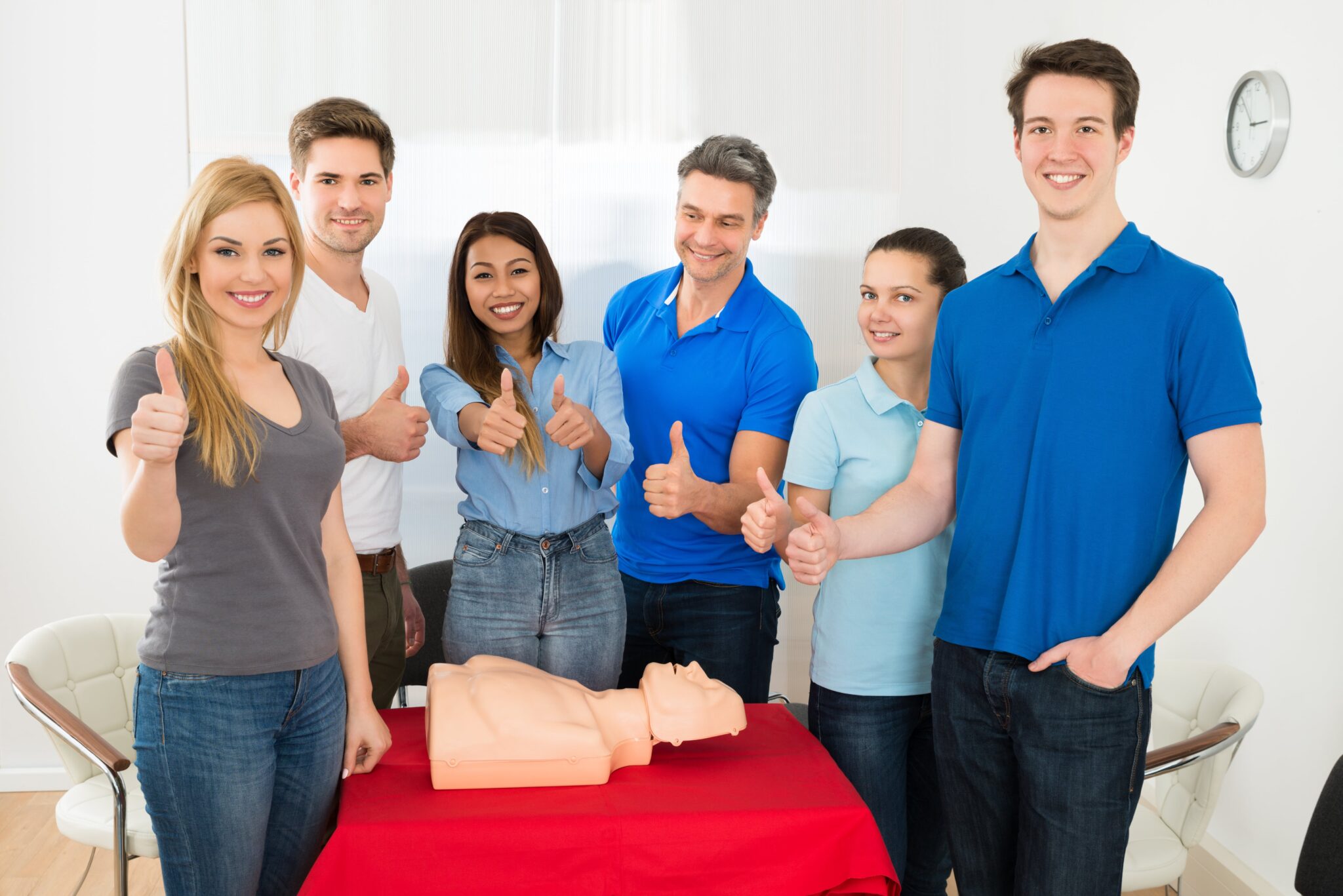
Professional Advantages of BLS Certification
For healthcare workers and first responders, BLS certification is often required. But even in non-medical fields, it offers value. Many employers look for individuals who show quick thinking, leadership, and composure under pressure.
Imagine being the one person in your office who knows how to handle a medical emergency. You’ll not only stand out professionally but also earn the trust and respect of your coworkers.
A Skill That Benefits the Community
Getting BLS-certified doesn’t just benefit you; it helps your entire community. Whether at a park, during a sports event, or on public transportation, emergencies can happen anywhere.
By having these skills, you’re prepared to act when others might not know what to do. Helping someone in need is one of the greatest contributions you can make to your neighborhood.
A Path to Personal Growth
Learning BLS is about more than acquiring a skill. It’s also a chance to grow as a person. The training strengthens abilities such as:
- Critical Thinking: Learn to assess a situation and make fast decisions.
- Situational Awareness: Stay calm and alert in high-pressure moments.
- Problem-Solving Skills: Adapt to challenges in real time.
These benefits extend beyond emergencies, making you more capable in everyday life. Plus, the experience fosters teamwork and leadership qualities that can enhance both personal and professional relationships.
Keeping Your Knowledge Fresh
The AHA updates its BLS guidelines regularly to reflect the latest research. By taking the course and renewing your certification every two years, you stay up-to-date with the best practices. This ensures your knowledge is current and your actions are effective when it matters most.
Who Should Take a BLS Course?
The simple answer is EVERYONE.
However, certain groups may find this training especially useful, including:
- Parents: Be ready for emergencies involving your children.
- Teachers: Help keep students safe at school.
- Sports Coaches and Trainers: Assist athletes in sudden medical situations.
- Office Workers: Create a safer workplace.
- Volunteers: Be the person others can count on at community events.
Emergencies can strike anyone, anywhere. Widespread knowledge of BLS increases the likelihood of positive outcomes.
How to Get Certified
Getting certified is easier than you might think. Here’s how to start:
- Find a Training Center: Check out Safety Training Seminars, which offers courses at over 65 locations in Northern California.
- Register Online: Pick a date and time that fits your schedule.
- Commit 4–5 Hours: Most courses can be completed in a single day.
- Earn Certification: Walk away with a card, new skills, and the confidence to act in emergencies.
Want to start? Register for a course today.
Take That First Step
Enrolling in an AHA BLS course is an investment in yourself and those around you. It prepares you to respond effectively, gives you confidence, and equips you with life-saving skills.
Take the step today to become a life-saver. Those few hours of training could one day make all the difference. Register with Safety Training Seminars and be ready for any emergency. A little preparation now could mean everything later.
If you’re considering BLS CPR Classes in Redwood City, it’s a smart move toward gaining life-saving skills and meeting healthcare requirements. For those looking to take their training further, EMT Classes provide an excellent next step in building a strong foundation in emergency medical services.


